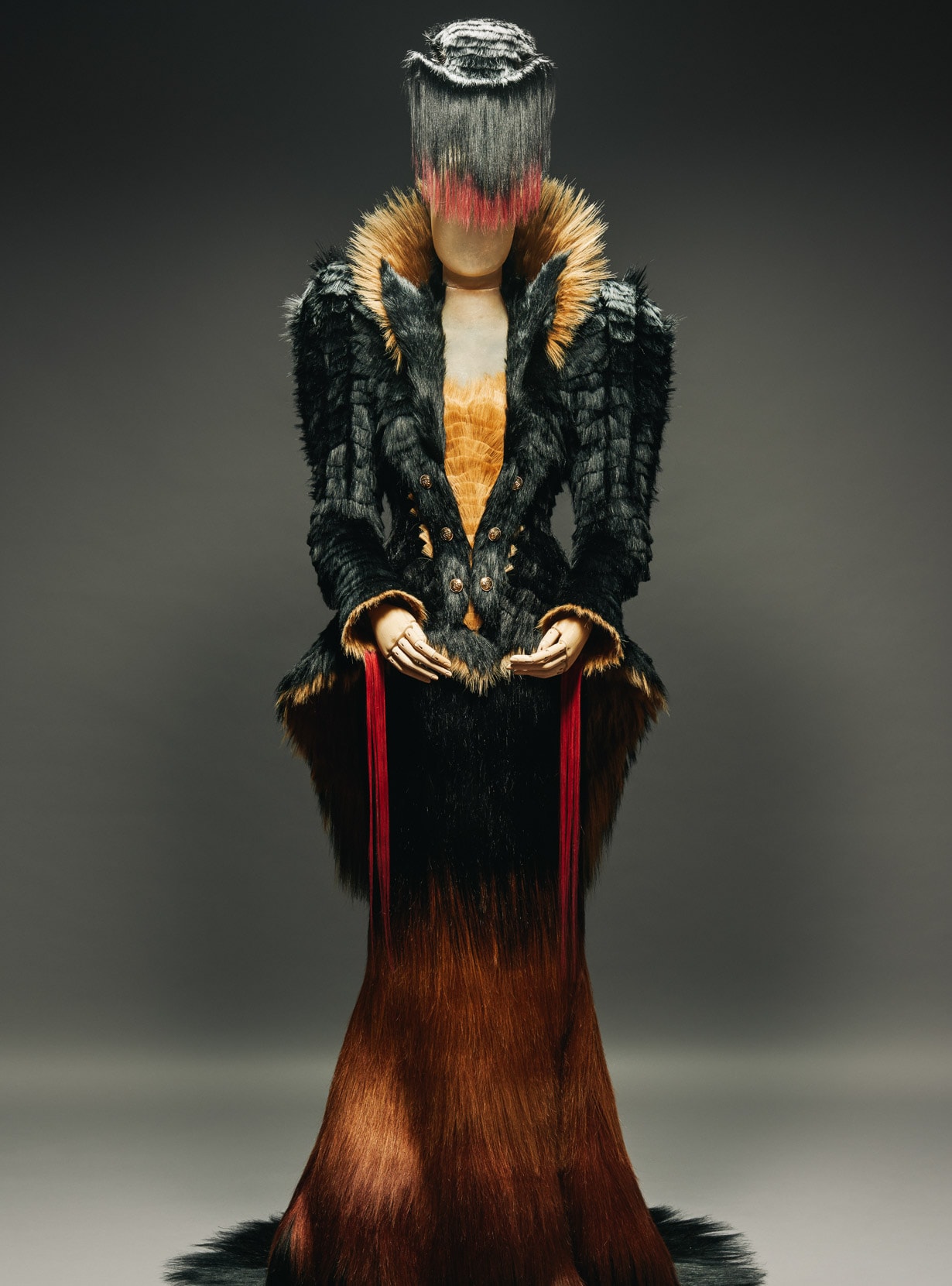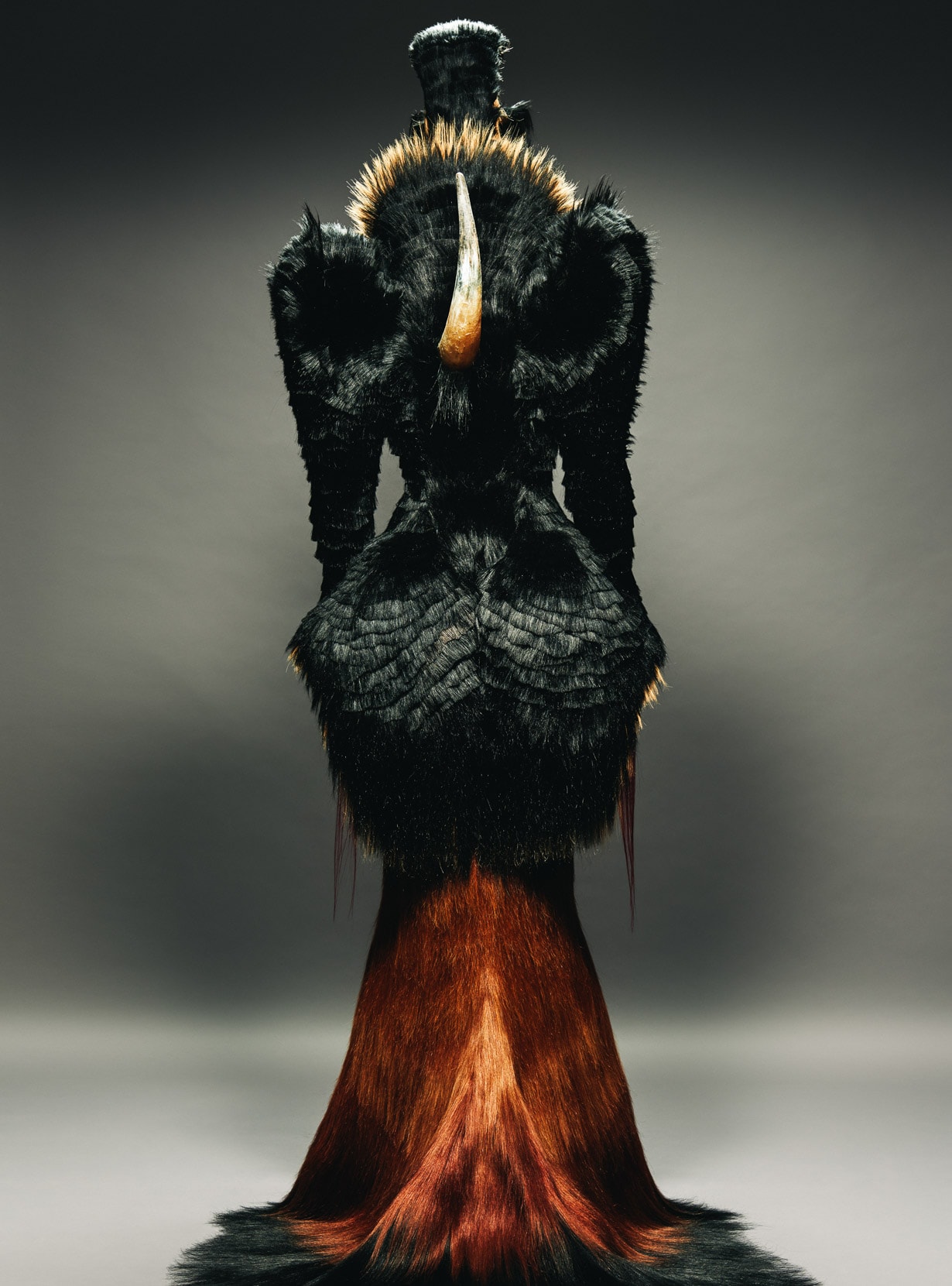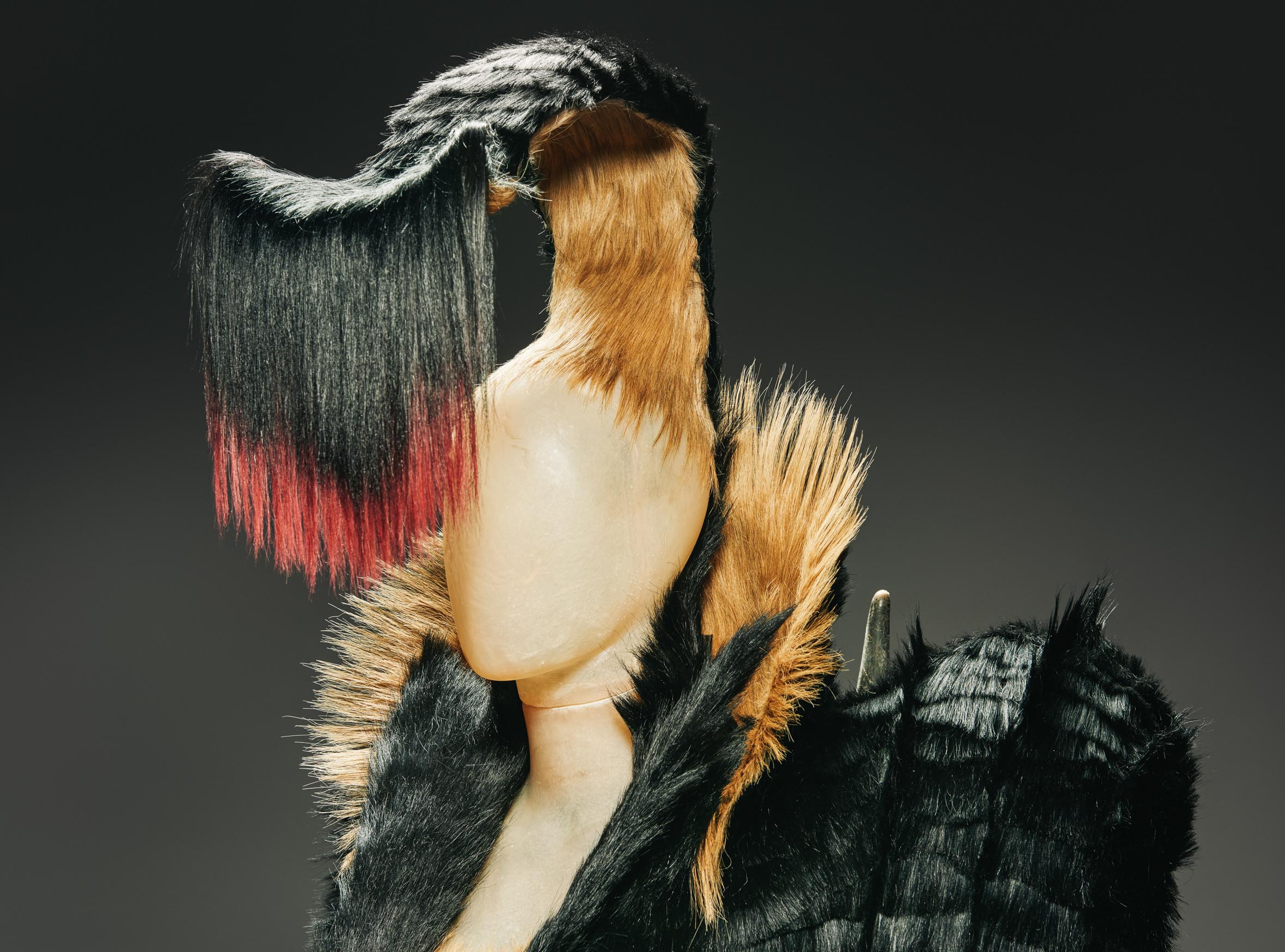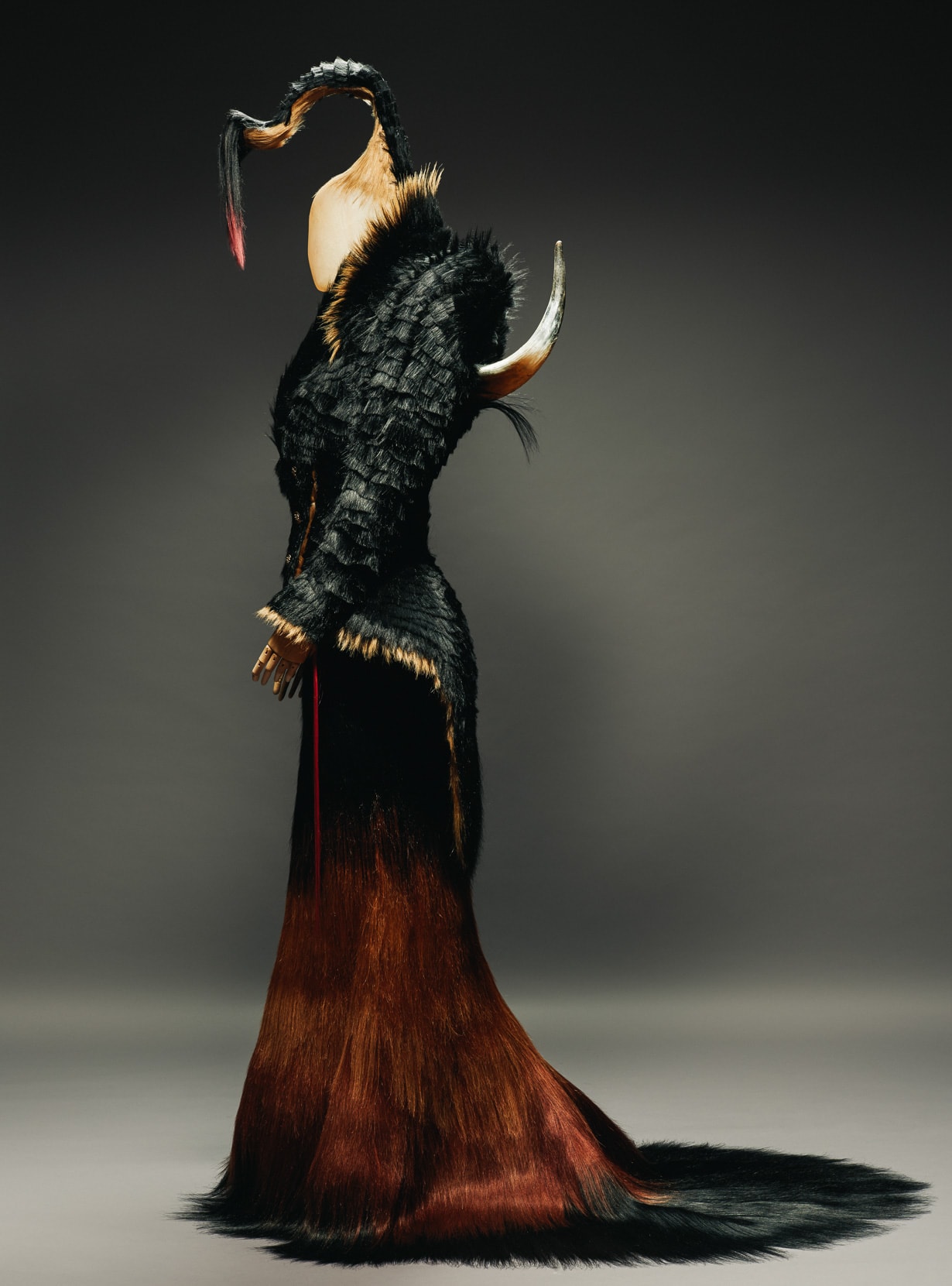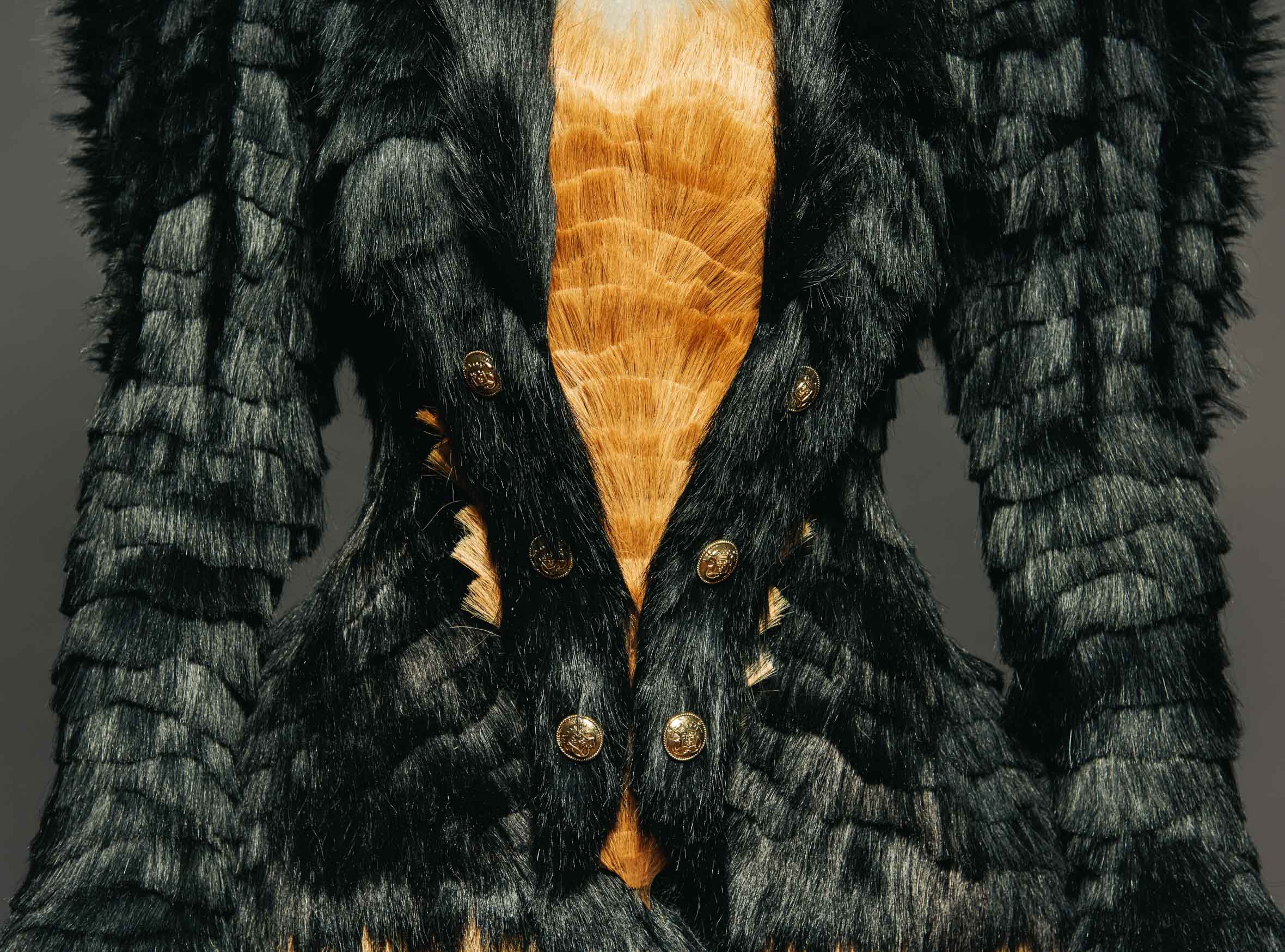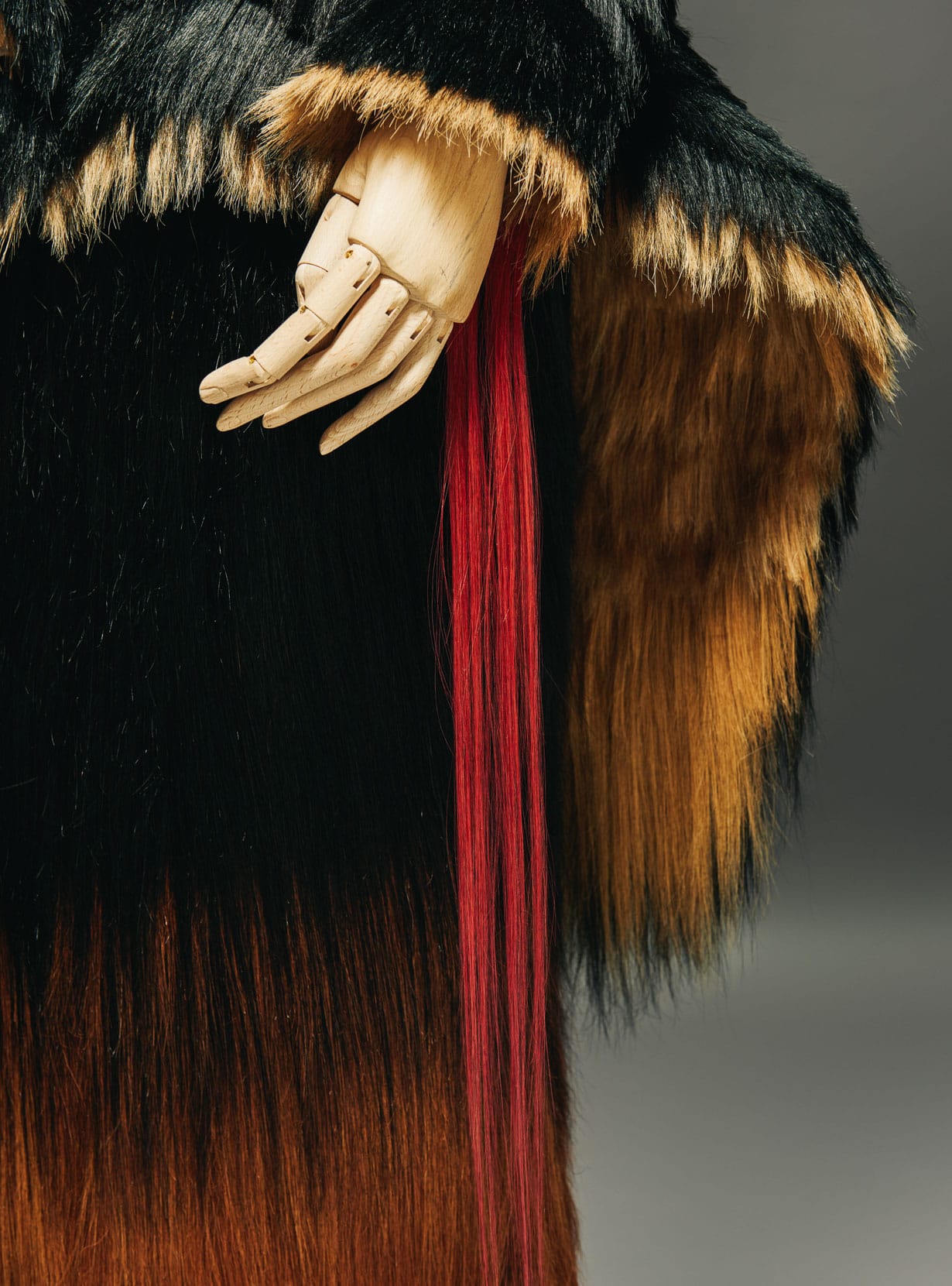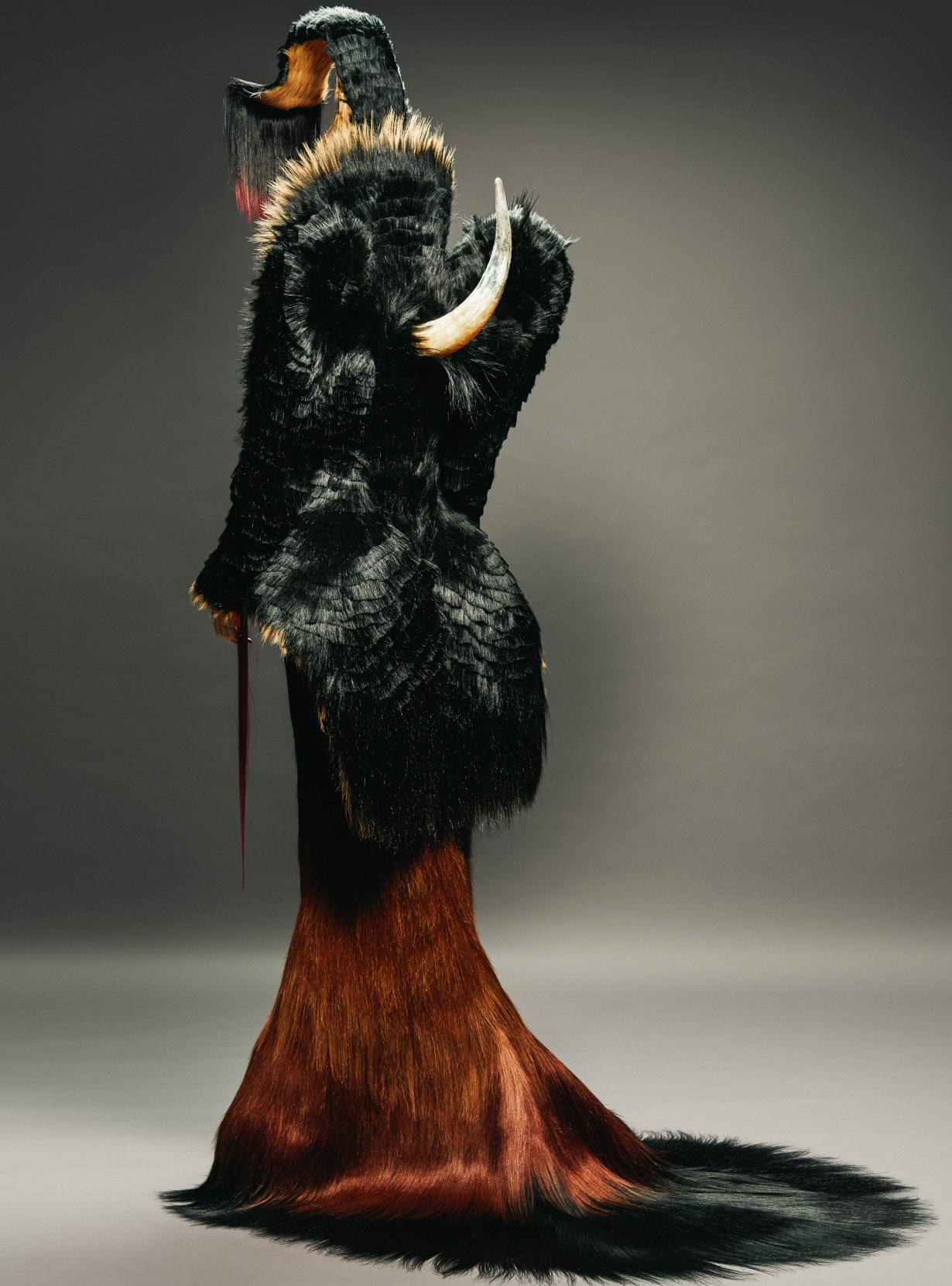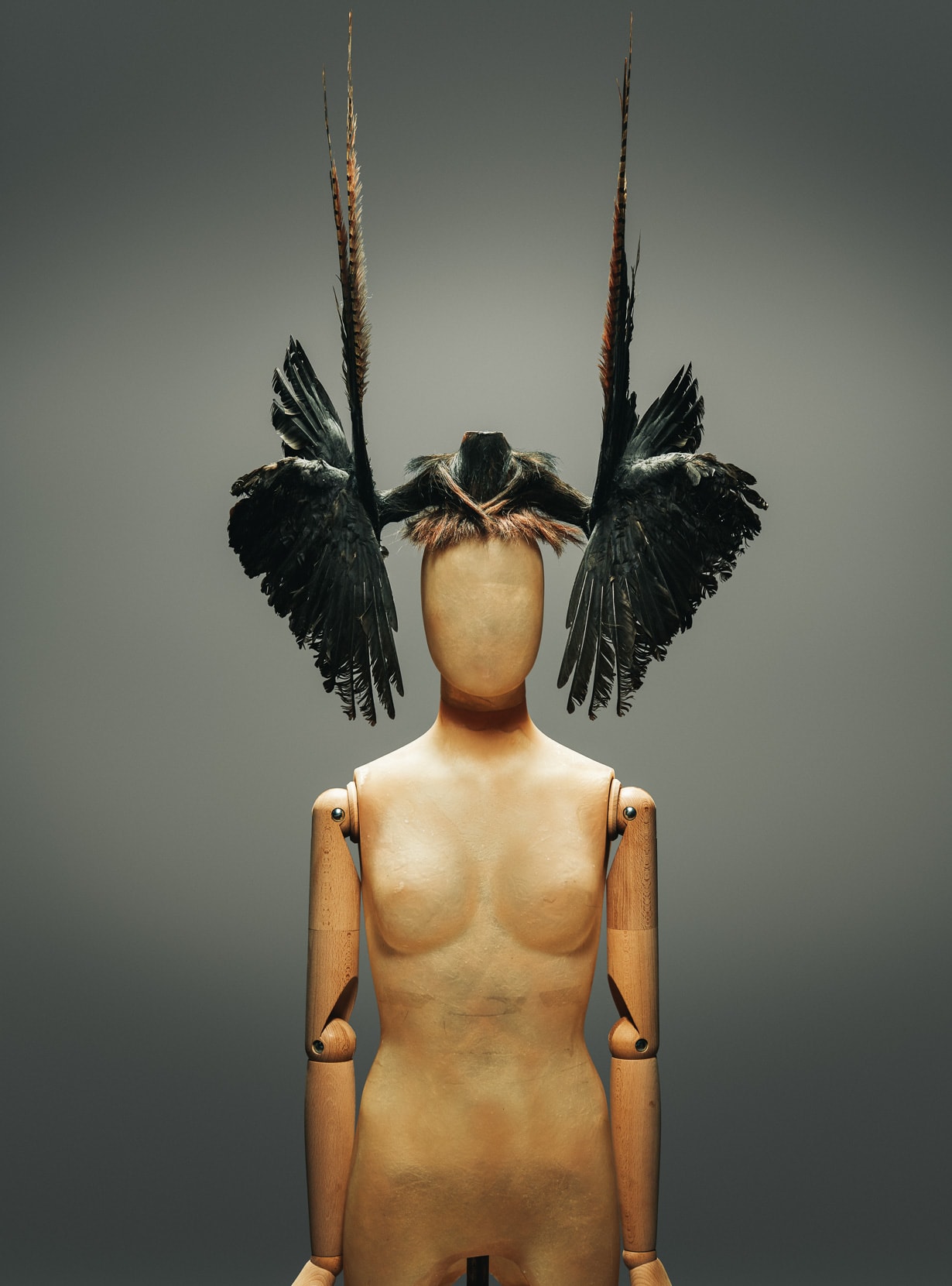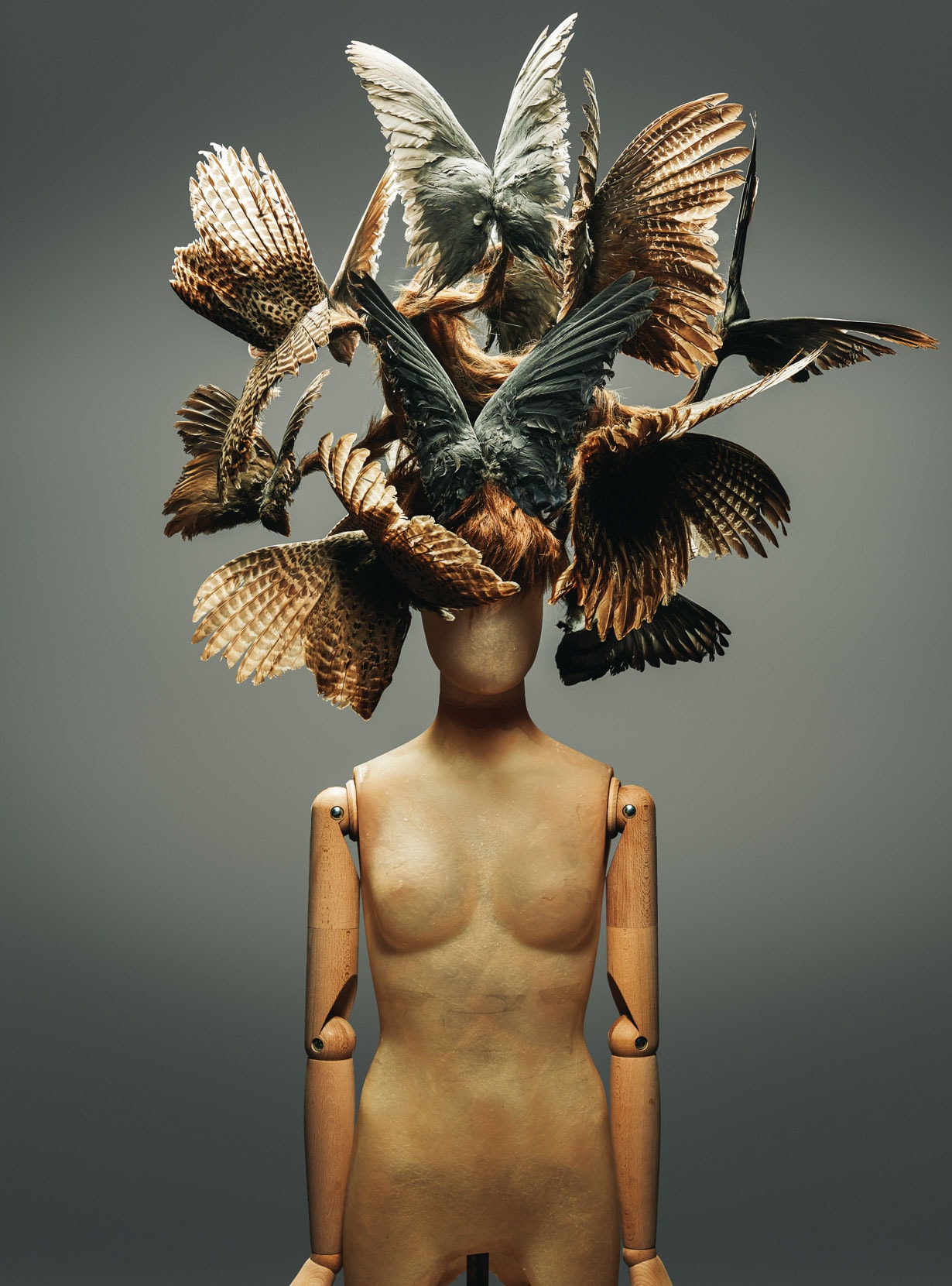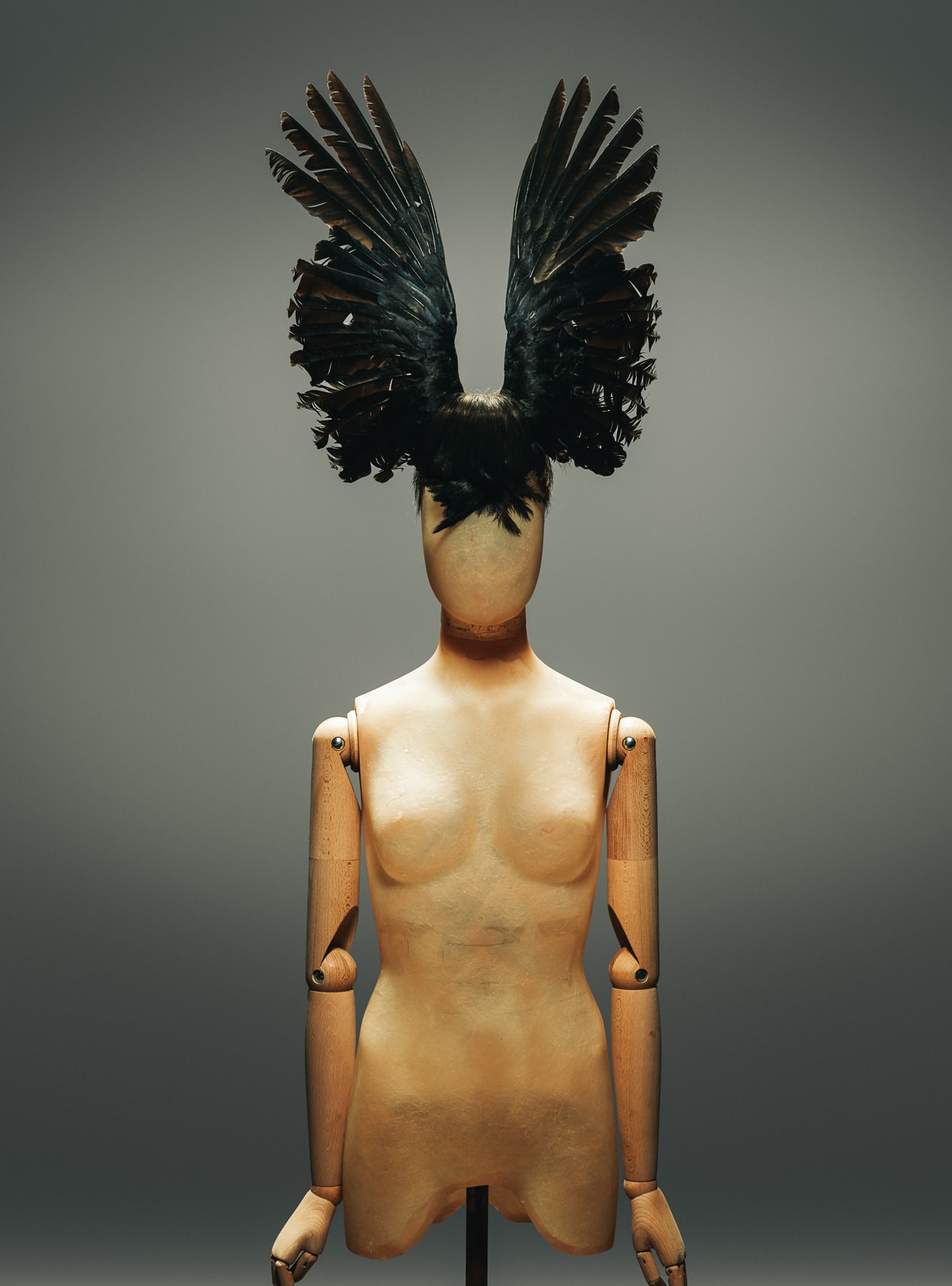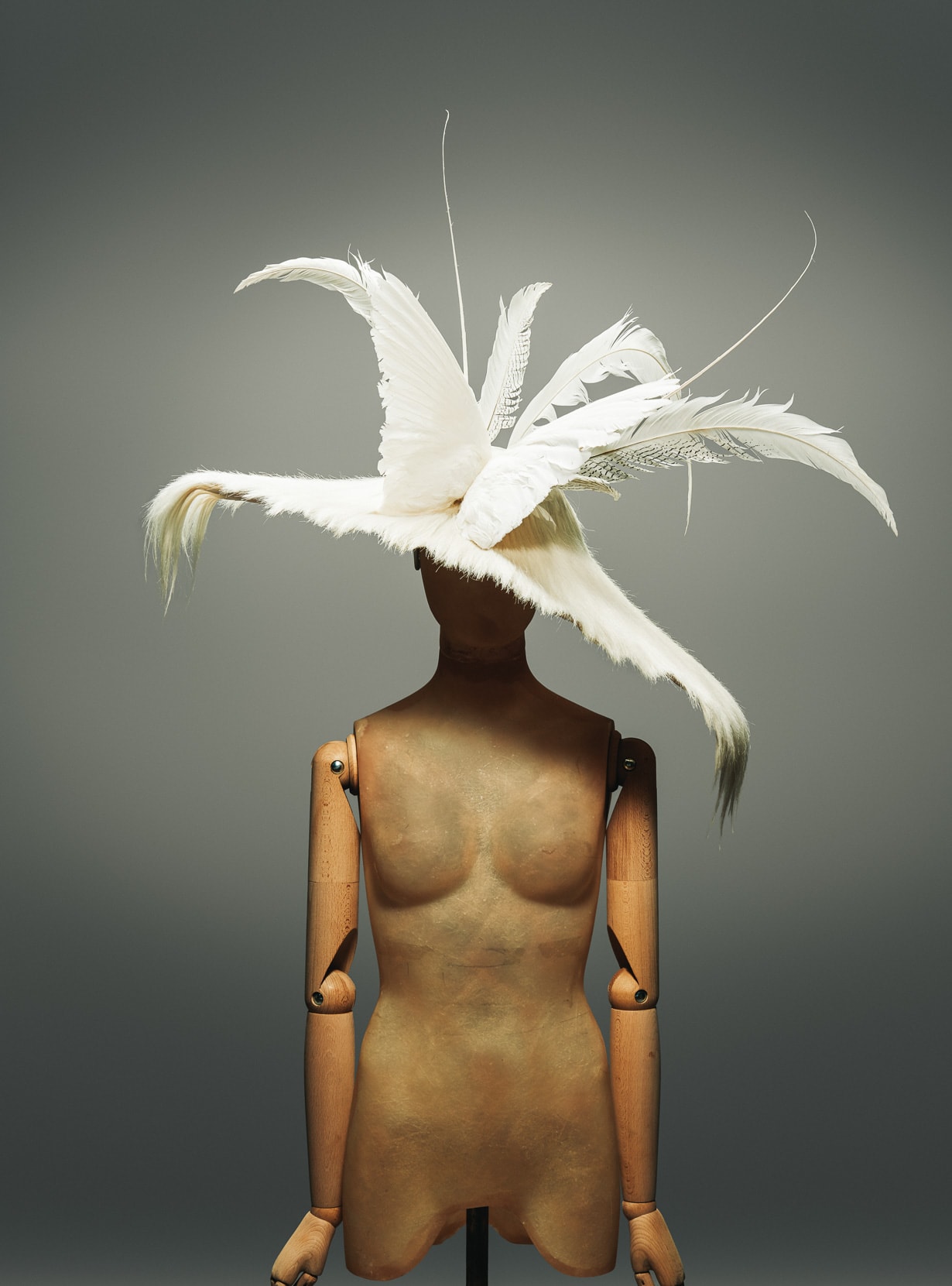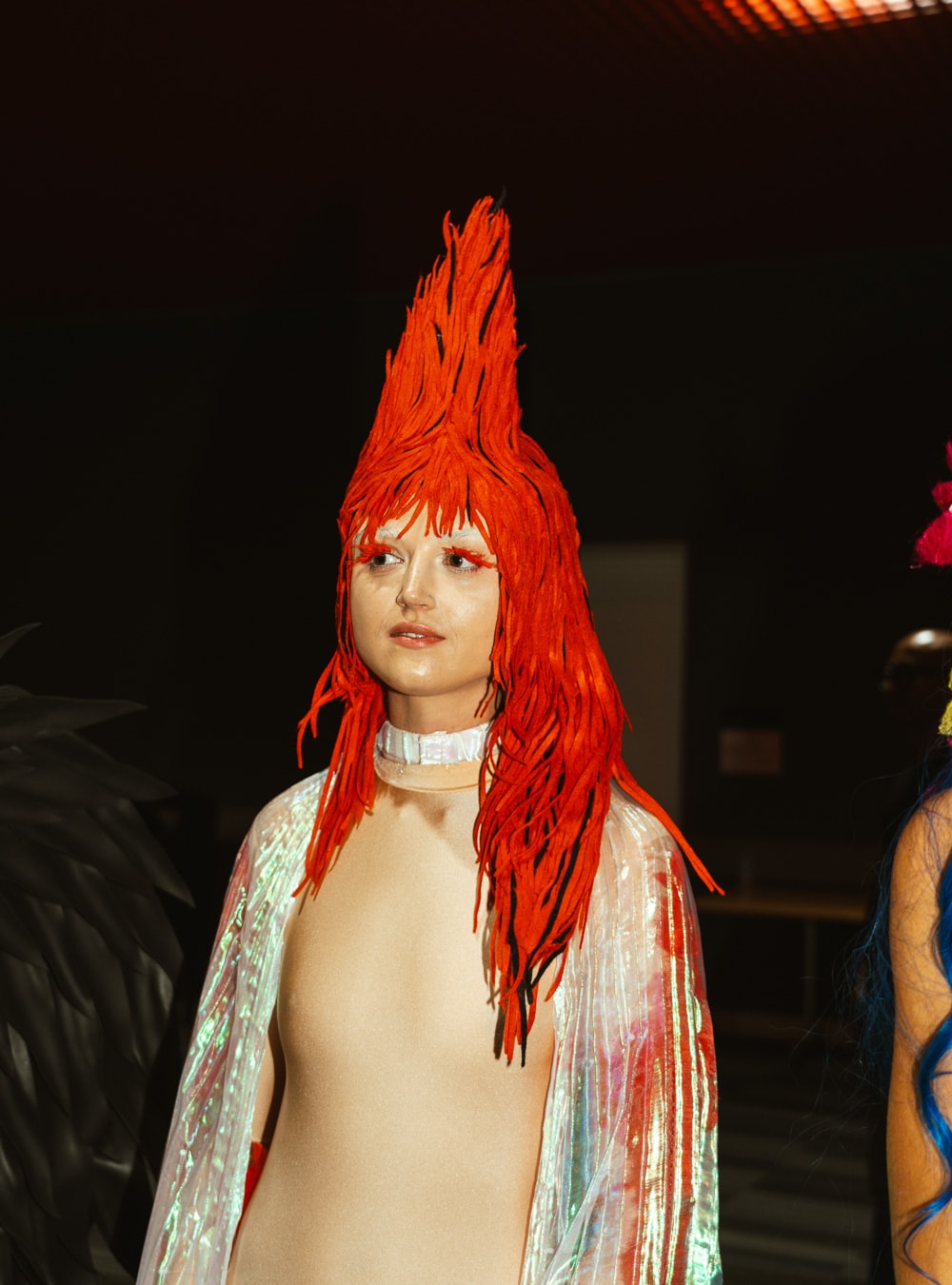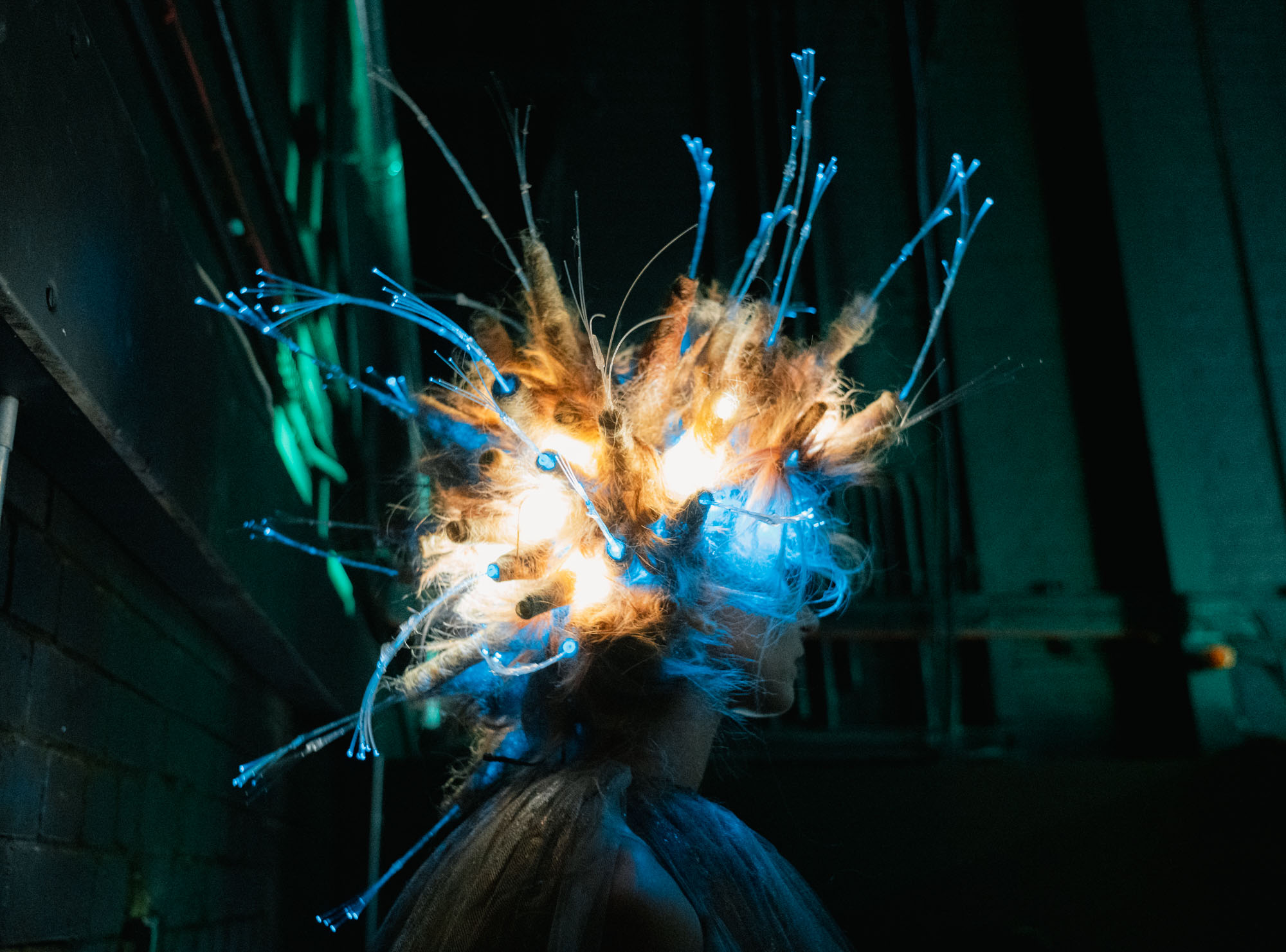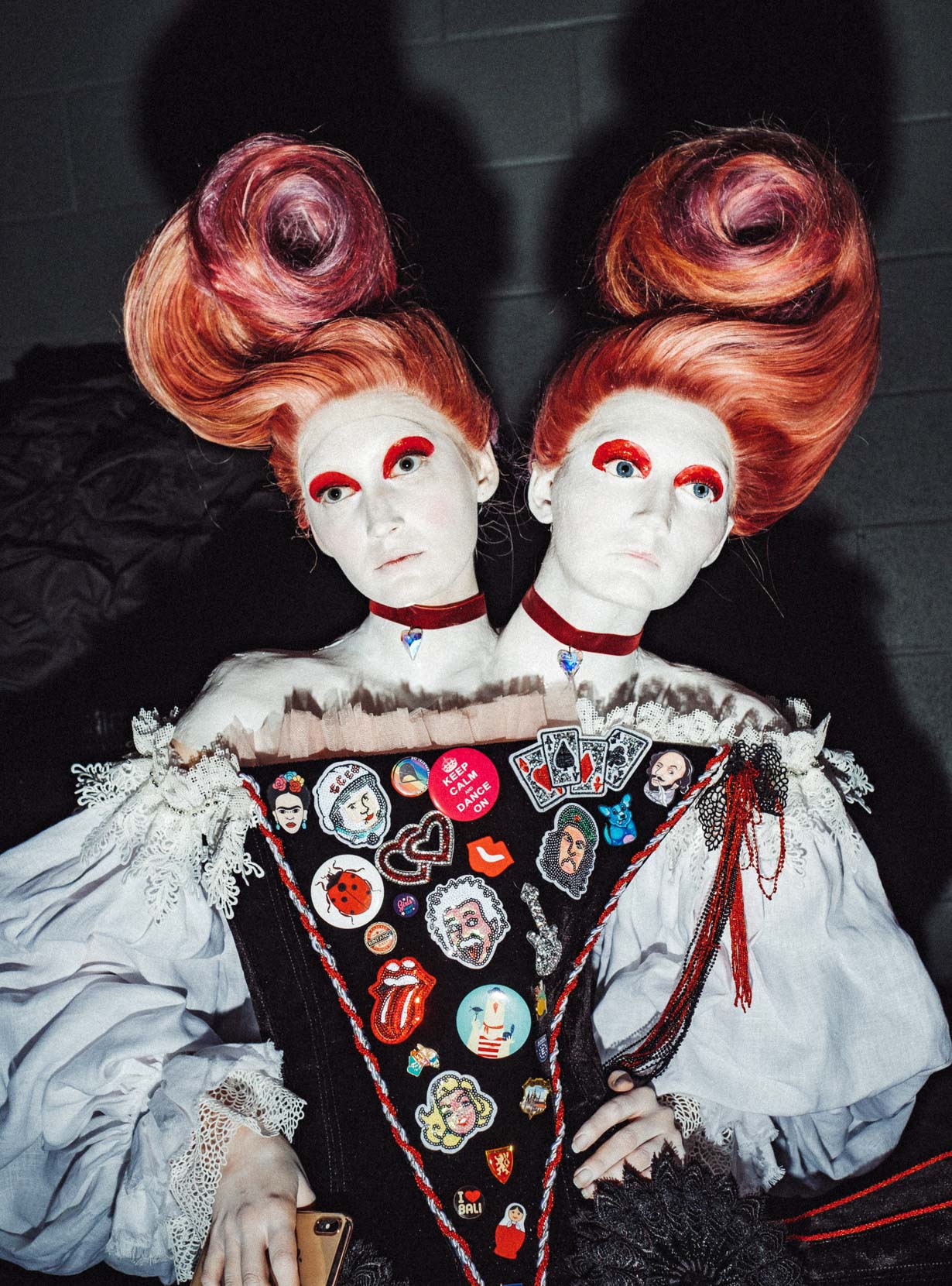- Robert Masciave
- Robert Masciave
- Robert Masciave
PEOPLE: Hairdresser Robert Masciave merges fashion design with hair to create his handcrafted pieces
Dress + Headpieces: Robert Masciave
Images: Panos Damaskinidis
Words: Emma de Clercq
Robert Masciave is not one to shy away from a challenge. The award-winning hairdresser, whose work has been featured in publications including Vogue, Elle and Estetica, splits his time between running his Surrey based salon Metropolis Hairdressing and creating intricate bespoke hair pieces which push traditional expectations of hair.
With an incredible eye for detail, his pieces are always meticulously designed and handcrafted with the help of his team. The son of a dressmaker, Masciave uses a diverse range of techniques to create his pieces. “The design is one thing” he explains, “sometimes you have fantastic ideas in your head. The challenge is how to actually express them, which is why I trained hard to really be able to express myself with my hands”. Having experimented with transforming hair into fabric on a small scale, Masciave applied these techniques to create an outfit entirely out of human hair for 2016’s Alternative Hair Show. Below we take a closer look at these extraordinary pieces and speak to Masciave about his inspirations and techniques.
“I wanted the outfit to look a bit like the coat of an animal. I chose to exaggerate the shoulders, to emulate the way that horses and dogs move and the muscles that they have”
Your pieces are incredibly intricate and above all, very beautiful. Is that what hair is about for you? To me, hair is about getting a reaction. My personal work is all about that – creating an emotional reaction. I think that’s why some people think it is beautiful. Others don’t, especially when I merge hair with taxidermy. What’s most important to me when I work is that I’m honest with my expression, in the end I’ve got to like and feel good about what I’ve done.
Can you tell us about some of the themes and inspirations behind these pieces? All of my work, whether it’s commercial or experimental, is a result of the way I feel at that time, it’s an evolution of ideas. For example, I started experimenting with feathers a long time ago. What fascinates me about feathers is the way they are constructed and are attached to the wing. The challenge was to think about how they could be applied in a different way than [nature] intended. This is how I develop many of my looks. I like to mimic organic themes, in my head I design some sort of animal or beast.
I wanted the outfit to look a bit like the coat of an animal. I chose to exaggerate the shoulders, to emulate the way that horses and dogs move and the muscles that they have. But I only look at these things for inspiration. The outfit isn’t directly based on a specific animal, just bits of different things that I liked and were guiding me. I don’t like it when something is a direct copy, to me, design is all about mixing things together. My motto (from the quote by the chemist Antoine Lavoisier) is, “nothing is created, nothing is lost, everything is transformed.” It’s all about how you bring elements together and transform them to create something new.
How did you construct the piece? I used a mix of dressmaking skills, costume making and DIY to create it. My mum was a dressmaker so she taught me how to sew. I know how to construct jackets, shirts and trousers but this was totally different. First I made the frame with chicken wire to get the perfect shape. The profile shape was really important in creating a sense of strength, it needed to be really precise. Because I was using human hair which is very heavy, I needed a material that wasn’t going to collapse. I ended up using a thermoplastic material called Worbla, which comes in a rigid sheet but when heated it softens and you can stretch it.
How did you attach the hair to it? It was only once I’d built the base of the outfit that I realised how much work it was going to be, as I knew that everything, from head to toe, had to be covered in long textured hair. I started with the body, attaching layers of 5cm wefts, which I cut, ironed and glued on. I could only work with 100% concentration as they had to be cut very specifically, so I would start work on it every night at around 10pm and finish around 6 or 7am. Then of course I’d have to go to work the next day and do my clients… it was a bit of a crazy time. Overall I used 200m of wefts, which is a lot of hair! The longest I worked non-stop on it was for 19 hours. I get a bit obsessive when I make these things. It’s because, in my head it’s finished, I see it already. So of course I want to see it done! If you think of your limitations and your creative limitations as a field, I went to the edge of it and then pushed a bit further, I was quite surprised how far my edges of patience would go. I thought I was a patient person before but I didn’t realise how much. I think this is probably how people lose their minds. But I really enjoyed it!
What’s in store next? I know that other people have used hair in outfits and that I’m not unique in that way, but I feel I have really used my technical skills as a hairdresser to create this and I think more can be done in that field. I also like taxidermy and creatively merging different things. So maybe I’ll go a bit further into taxidermy and see what I can develop that way. I have some ideas which might shock a few people, but I think it will look good in the end.
- ANTHROPOLOGY OF HAIR
- ANTHROPOLOGY OF HAIR
- ANTHROPOLOGY OF HAIR
- ANTHROPOLOGY OF HAIR
- ANTHROPOLOGY OF HAIR
